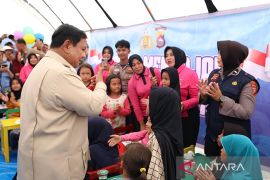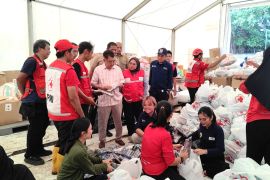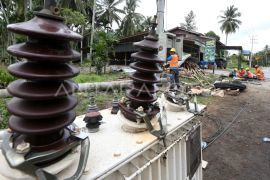Funded by the Australian Government through the Australia-Indonesia Facility for Disaster Reduction (AIFDR) and the World Bank through the Global Facility for Disaster Reduction and Recovery, the competition saw students design maps online using new and existing data over six weeks, the Australian embassy said in a statement here on Friday.
This pilot competition, also supported by the Government of Indonesia and run by the International Non-Profit Humanitarian Open Street Map Team, showed how emerging technologies can help improve maps, which are important tools during natural disasters.
Engineers and scientists can now use the students' maps to identify high risk communities and decide what action needs to be taken to protect these communities from future natural hazards.
"Detailed maps are critical in preparing communities for natural hazards such as earthquakes, tsunami, floods and volcanoes," said Dr. Trevor Dhu, the Risk and Vulnerability manager of AIFDR.
"Maps highlight where the most poor and vulnerable people live and their closest community resources, such hospitals and schools," .
"In order to understand the risks we need to know where people live and work and what buildings are made of," he said.
The winning student from each of the participating universities (University of Indonesia, Gadjah Mada University, Bandung Institute of Technology, Andalas University, and Surabaya Institute of Technology) will travel to Denver in the United States to attend two international mapping conferences this week.
(Tz.F001/H-NG/F001)
Editor: Priyambodo RH
Copyright © ANTARA 2011











